0% Financing Available
What Should You Do If Your Lights Flicker During Storms?

Flickering lights during a storm can feel like the first sign of trouble. One minute everything’s fine, and the next your lights are blinking like a warning signal. While a quick flicker might not seem like a big deal, frequent or prolonged flickering can point to deeper electrical concerns. These problems are often triggered by weather-related power surges, loose wiring, or overloaded circuits—especially when the wind and rain pick up. Storm-related electrical issues can damage your appliances, disrupt your comfort, and in some cases, even create fire hazards.
In this blog, we’ll explain why your lights flicker during storms, what those flickers might mean, and what actions you should take to stay safe and protect your home. You’ll also get tips on quick fixes and how to know when it’s time to call in a professional electrician.
Why Do Lights Flicker During Storms?
Flickering lights during a storm are often caused by temporary disruptions in your electrical system. Storms bring high winds, lightning, and heavy rain—all of which can interfere with your home’s power supply. The most common reason lights flicker is a momentary drop in voltage, known as a power sag. This happens when your local electrical grid is strained by damage to power lines, increased demand, or shifting connections during the storm.
Inside your home, flickering can also occur if your electrical system is outdated or overloaded. For example, when a major appliance like your HVAC unit kicks on during a storm, it may cause a brief voltage drop that affects your lights. If you live in an older home or one that hasn’t had a recent electrical inspection, these issues can become more pronounced and potentially hazardous.
While a little flickering might seem harmless, ignoring the issue could lead to bigger problems. Consistent voltage drops can damage your electronics, trip circuit breakers, or even increase your risk of electrical fires. Understanding what causes the flickering is the first step toward protecting your home during severe weather.
Signs and Causes of Flickering Lights During Storms
Understanding the signs and root causes of flickering lights during storms can help you act quickly—and prevent bigger problems down the road. Some symptoms are minor annoyances, while others may be early warnings of serious electrical issues.
Common signs of storm-related light flickering include:
- Lights flicker or dim only when it’s stormy or windy outside
- Multiple lights in different rooms flicker at the same time
- Lights blink rapidly before going out and returning
- Buzzing or humming sounds accompany the flickering
- Light intensity fluctuates even when no appliances are turned on or off
- Flickering that gets worse over time or lasts long after the storm passes
Why Do Lights Flicker During Bad Weather?
There are several reasons your lights might act up when the weather turns rough.
Here are some of the most common causes:
- Grid Interruption: Local utilities may experience voltage drops from storm damage or grid overload.
- Loose Connections: Inside your home, damaged wiring, loose terminals, or faulty connections can cause inconsistent power.
- Storm Damage to Power Lines: Downed tree limbs or lightning strikes can interfere with lines that feed your home electricity.
- Overloaded Circuits: If your home’s circuits are already near capacity, a storm surge or power draw from large appliances can tip the balance.
- Old or Faulty Fixtures: Worn-out light switches, sockets, or aging bulbs may flicker more during unstable weather.
Tips to Prevent Light Flickering During Future Storms
Storms may be out of your control—but protecting your home’s electrical system isn’t. With a few proactive steps, you can reduce the chances of flickering lights and avoid costly damage to your appliances and wiring.
- Install Whole-Home Surge Protection: A surge protector installed at your electrical panel helps safeguard your entire home from voltage spikes.
- Schedule Regular Electrical Inspections: An annual checkup by a licensed electrician can catch issues before they escalate.
- Upgrade Your Electrical Panel: Older panels may not handle today’s power needs. Modernizing your system increases safety and reliability.
- Secure Outdoor Power Lines: If you have overhead service, make sure nearby tree limbs are trimmed and not threatening utility lines.
- Avoid Circuit Overload: Don’t run multiple high-power devices on a single circuit—especially during a storm.
- Use Weatherproof Outlets and Covers Outdoors: This reduces the risk of moisture getting into your electrical system.
- Install Backup Power Solutions: Consider a generator to keep essentials powered safely during outages.
Taking these preventive steps not only reduces flickering lights but also improves the overall stability and safety of your home’s electrical system.
Protect Your Home From Storm-Related Flickering Lights
When your lights flicker during storms, it’s not just a nuisance—it could be a sign of serious electrical problems that put your home and safety at risk. While a simple bulb adjustment might solve the issue, frequent or severe flickering can indicate deeper wiring or system concerns. Being able to spot the warning signs, take smart DIY steps, and know when to call in a professional makes all the difference.
Don’t wait until a small flicker becomes a bigger hazard. Let the licensed experts at Chesapeake Electric inspect, diagnose, and repair any storm-related electrical problems before they escalate. We’ll help protect your home with reliable, code-compliant solutions—so you can ride out the next storm with total peace of mind.
Contact Chesapeake Electric today to schedule a home electrical inspection or learn more about whole-home surge protection.
Recent Posts
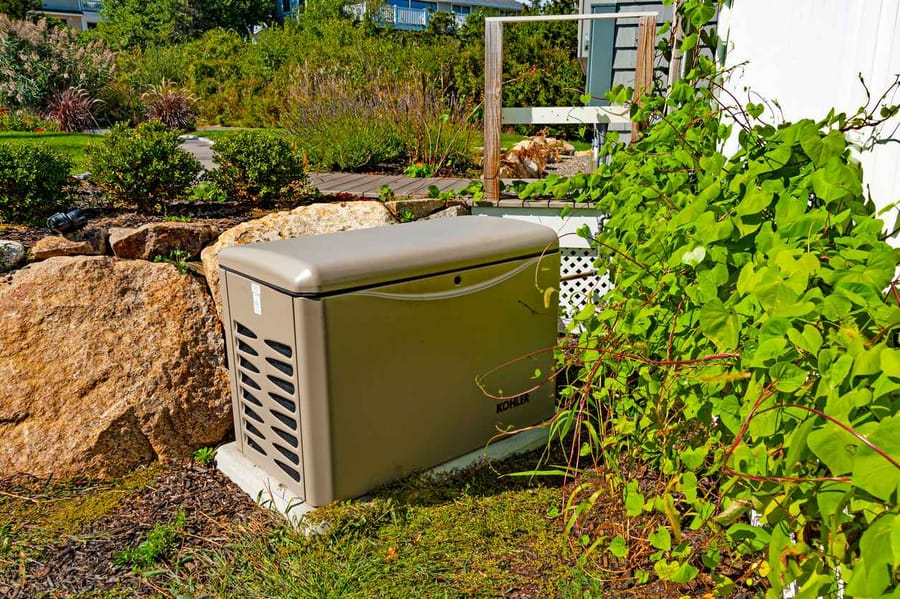
November 21, 2025

November 21, 2025
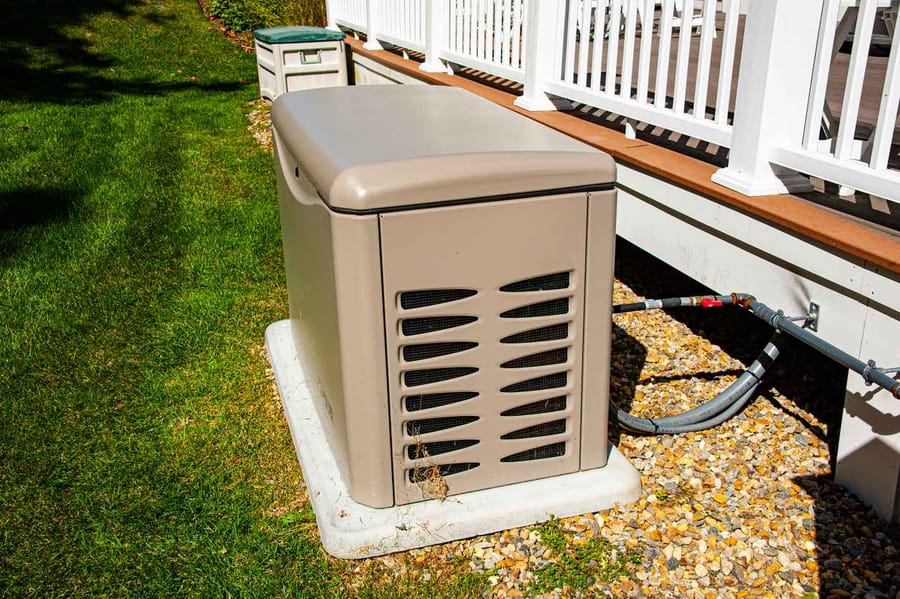
November 21, 2025
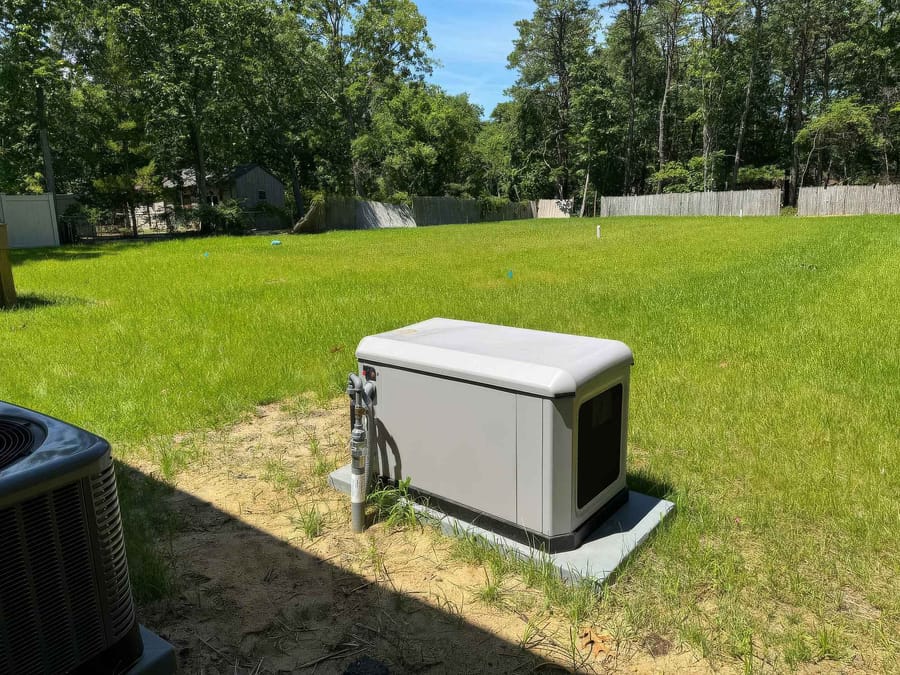
October 29, 2025

October 29, 2025
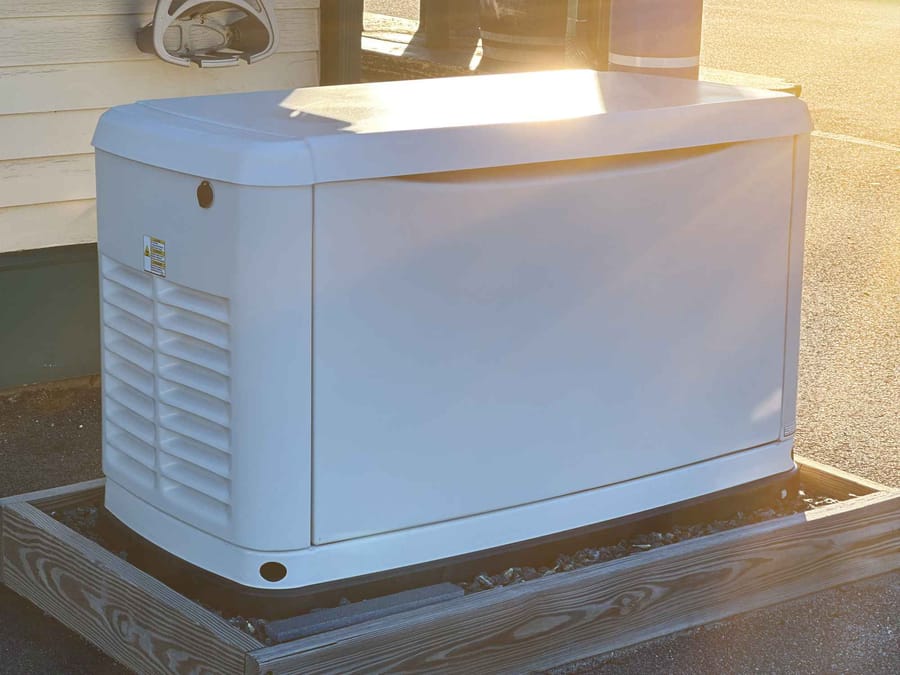
October 29, 2025
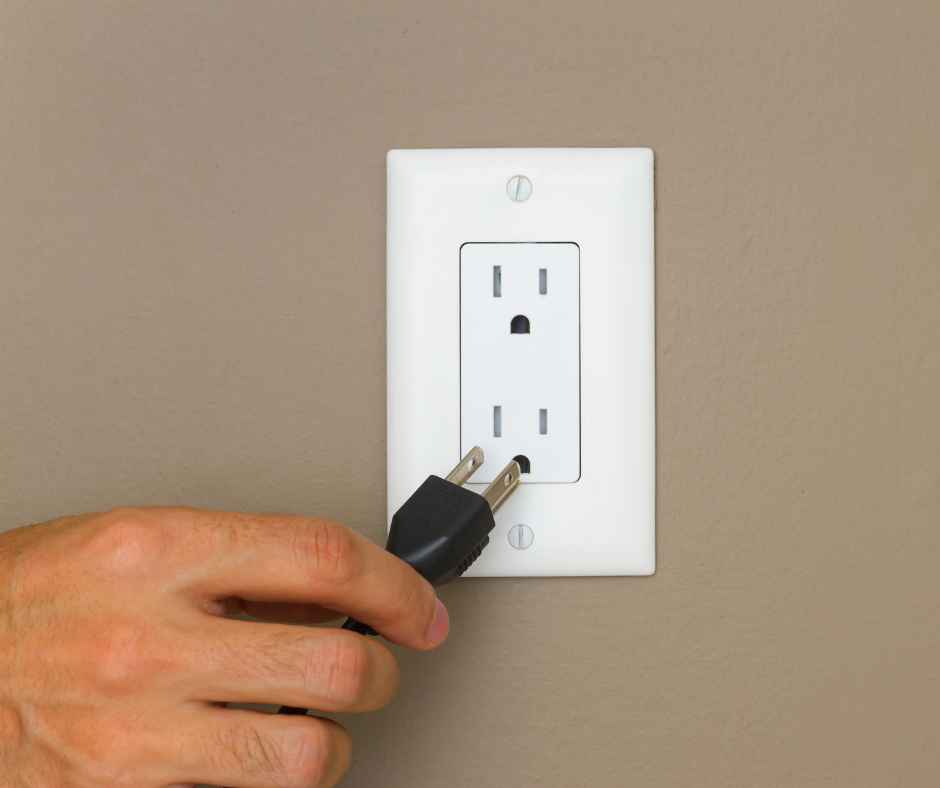
September 26, 2025